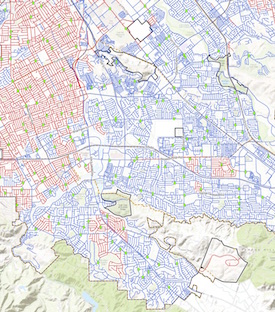Fiber projects grow from Digital 395 middle mile
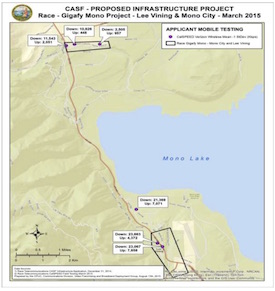
Fiber follows fiber.
Slowly but surely, Race Telecommunications is expanding its fiber to the home footprint in eastern California, using money from the California Advanced Services Fund. The latest addition could be several small towns in Mono County – the Gigafy Mono project – and five small mining communities further south, where the company is asking for $7.6 million and $8.9 million respectively. Draft resolutions approving the money are circulating now, with the California Public Utilities Commission expected to vote on them in December.… More
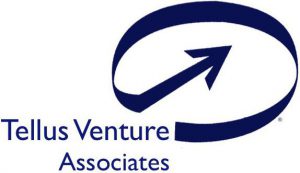
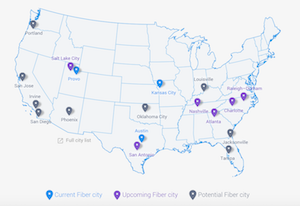
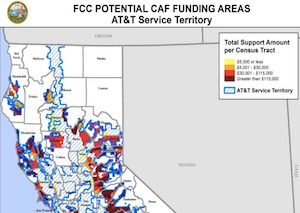


![By Daniel Barcelona (Own work) [CC BY 3.0 (https://creativecommons.org/licenses/by/3.0)], via Wikimedia Commons](https://www.tellusventure.com/images/2015/10/tw_arena.jpg)
![By Heurtelions (Own work) [GFDL (https://www.gnu.org/copyleft/fdl.html) or CC BY-SA 3.0 (https://creativecommons.org/licenses/by-sa/3.0)], via Wikimedia Commons](https://www.tellusventure.com/images/2015/10/dscount_bingo.jpg)
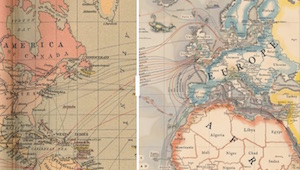
![By iLighter (Flickr: Google Loon June 2013) [CC BY 2.0 (https://creativecommons.org/licenses/by/2.0)], via Wikimedia Commons](https://www.tellusventure.com/images/2015/10/project_loon_christchurch.jpg)
